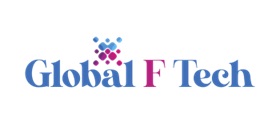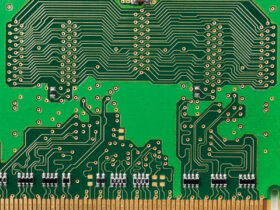Picture a fortified castle with gates guarded by unique keys. Unlike traditional keys, which can be copied or stolen, imagine if the lock only opened to your fingerprint, face, or voice. That’s the essence of biometric authentication: security built on who you are, not what you carry.
But even these advanced systems face challenges. Mathematical optimisation steps in as the master locksmith, ensuring these digital gates strike the right balance between speed, accuracy, and protection.
The Challenge of Biometric Precision
Biometric inputs—like iris scans or fingerprints—are rarely captured perfectly. Lighting conditions, sensor quality, or even minor physical changes can alter results. It’s much like tuning a guitar: too tight, and the strings snap; too loose, and the melody is off.
Optimisation techniques help set thresholds that minimise both false positives and false negatives. By modelling these as mathematical problems, systems can dynamically fine-tune themselves to improve recognition accuracy.
For learners in a data scientist course, this is a practical showcase of how abstract mathematics translates into stronger real-world security. It demonstrates how algorithms transform raw data into reliable authentication.
Speed vs Security: Striking the Balance
Biometric systems must deliver fast responses without compromising reliability. Think of an airport security line: speed alone isn’t enough, nor is extreme caution that causes bottlenecks. A careful balance is required.
Optimisation methods, ranging from linear programming to heuristic models, enable the rapid processing of large biometric datasets. These techniques ensure accurate identification in milliseconds, even when systems manage millions of profiles.
This balance between efficiency and safety is often taught in a data science course in Pune, where students explore how optimisation models handle trade-offs in real-world applications.
Multi-Modal Optimisation for Resilience
Relying on a single biometric trait can leave gaps. Just as a castle has multiple layers of defence—moats, gates, and guards—authentication systems combine multiple biometric factors like voice, fingerprint, and facial recognition.
Mathematical optimisation manages how these factors interact. For example, when lighting is poor, fingerprints may carry greater weight than facial data. By intelligently assigning importance, optimisation ensures security remains intact even when one element is weak.
Institutes offering a data science course in Pune often highlight these multi-modal designs, showing students how combining multiple signals strengthens authentication against spoofing attempts.
Ethics and Fairness in Biometric Security
While optimisation focuses on speed and precision, fairness is equally critical. Biometric systems can exhibit bias, resulting in higher error rates for specific groups if not correctly calibrated.
Optimisation techniques provide a way to reduce disparities by setting thresholds that perform consistently across demographics. Building ethical and inclusive systems requires both technical insight and social responsibility.
A structured data scientist course often includes these lessons, reminding future professionals that optimisation is not only about efficiency but also about ensuring equitable access and outcomes.
Conclusion
Biometric authentication is transforming the way we secure access to digital and physical spaces. Yet, without mathematical optimisation, even the most advanced technologies risk falling short. Optimisation fine-tunes systems to balance accuracy, speed, resilience, and fairness, ensuring that the “digital locks” of tomorrow truly protect what matters most.
By marrying mathematics with innovation, organisations and professionals can design biometric systems that are robust, inclusive, and trustworthy—ensuring the key to security remains not only unique but also intelligently protected.
Business Name: ExcelR – Data Science, Data Analytics Course Training in Pune
Address: 101 A ,1st Floor, Siddh Icon, Baner Rd, opposite Lane To Royal Enfield Showroom, beside Asian Box Restaurant, Baner, Pune, Maharashtra 411045
Phone Number: 098809 13504
Email Id: enquiry@excelr.com











Leave a Reply